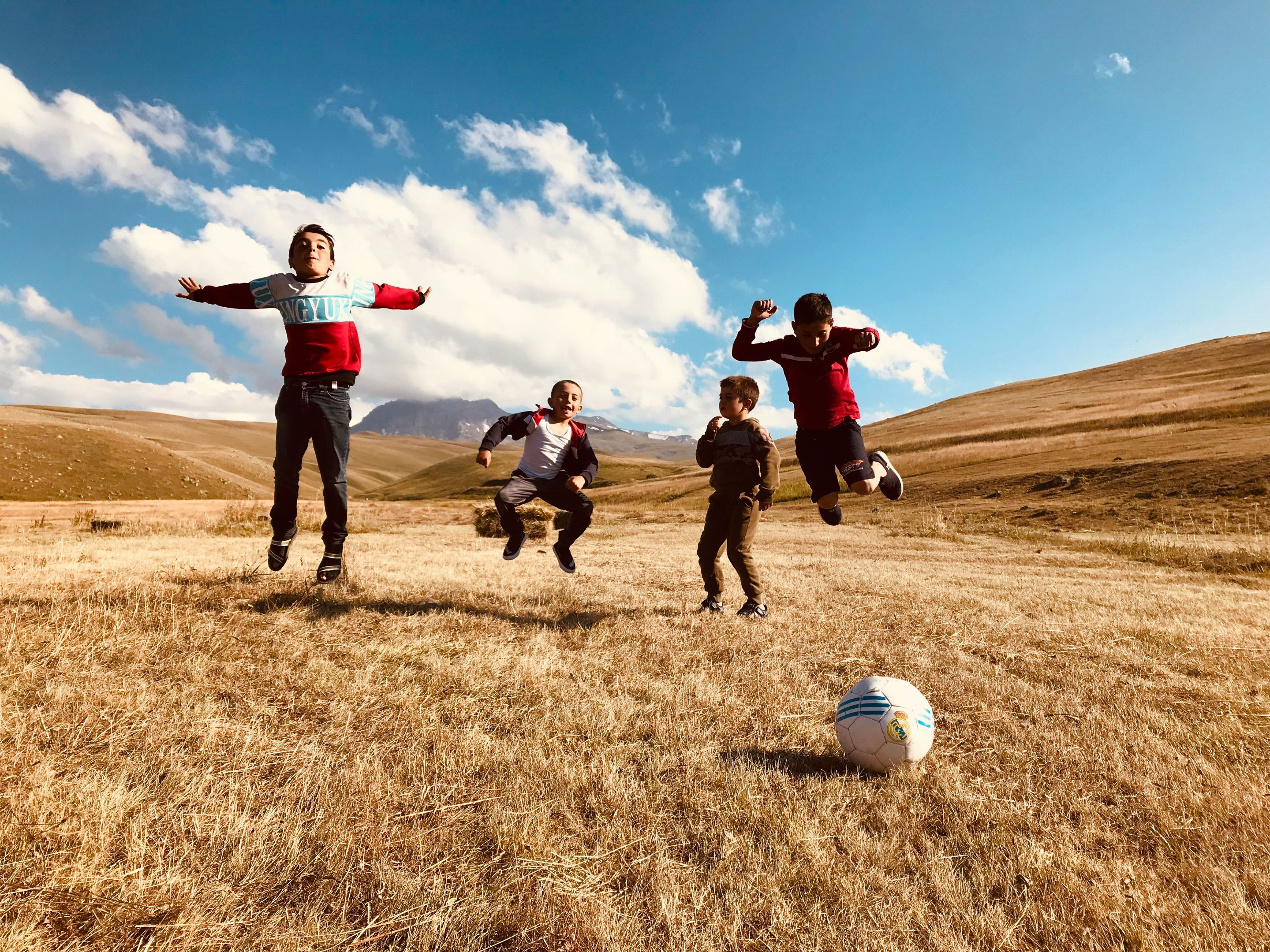 a photo by https://unsplash.com/photos/boys-playing-during-daytime-VB3JQ9VtJpc
a photo by https://unsplash.com/photos/boys-playing-during-daytime-VB3JQ9VtJpc
In sports, just like in life, the best results come when a child plays — when learning happens naturally, through joy, movement, and curiosity. Today, when so many children are locked between screens, the most valuable gift we can give them is play. Play brings them back to movement, to teamwork, to life itself. The first steps without pressure
When a child comes to their first training, they don’t know the rules or techniques — they just want to play. If we let them, if we turn sport into a game full of fun challenges, they start learning without even noticing it.
Instead of saying “Practice passing,” we can say: “Let’s see who can send the ball to their teammate faster than the wind.” Instead of “Run faster,” say: “Pretend a dinosaur is chasing you!” Children respond to imagination, not commands.
The team as a family
Through play, children naturally learn rules — how to wait for their turn, help others, and celebrate shared success. The team becomes a small family, and the coach becomes someone they trust. When that connection forms, sport becomes more than physical activity — it becomes a school of life.
Learning through joy
A child who learns to enjoy movement will later face effort, loss, and victory with more confidence. Play doesn’t exclude discipline — it builds it. If a child loves what they do, they will want to improve.
That’s why the role of coaches and parents is not to take away the “spark of play” with early expectations. Children are not little professionals — they are little explorers.
Conclusion
Learning sport through play is not just a method — it’s a philosophy. A child who learns to play will learn to love sport, and a child who loves sport will learn to love themselves and the world around them.